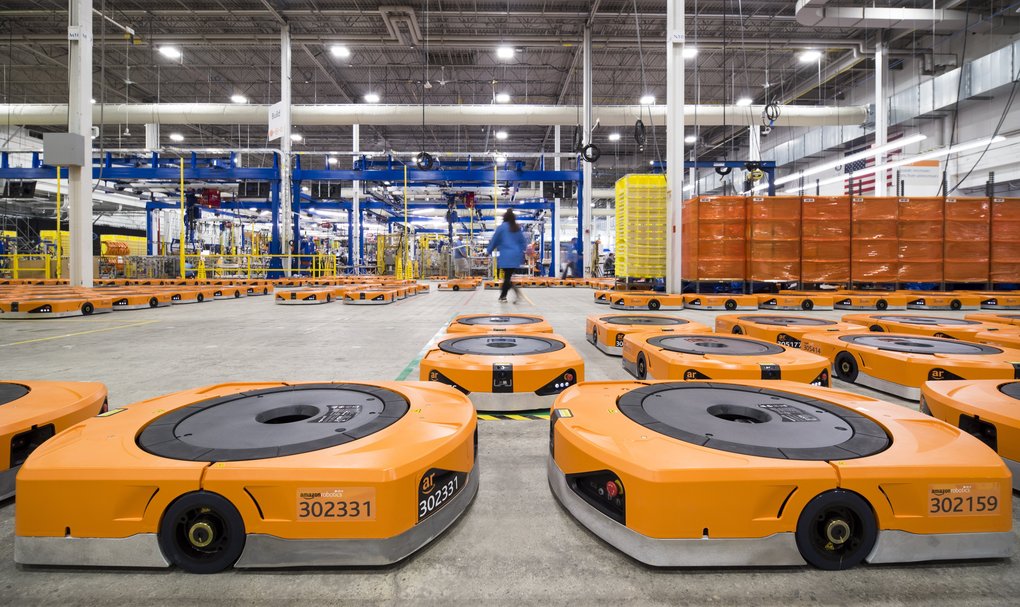Today’s robotics industry is a multi-faceted, dynamic force of development and innovation. From the humble “Unimate” designed in 1961, by Joseph Engelberger and George Devol, to the spectacle of unmanned air vehicles (UAVs), the robotic technological revolution has diversified as it has spread.
When Engelberger, considered the father of the robotics industry, designed the robotic arm, the function of robots was merely to pick, roll and drop while remaining stationary. Its applicability, though limited, revolutionized the manufacturing industry after its first adoption by General Motors. The Japanese embraced the first robotic arm and promptly deployed it to help with the manufacturing of food and cars.
IMAGE: PEXELS
Technological Advances
Victor Scheinman later picked the robotic arm and built the Stanford Arm, computer-controlled electronically powered robotic arm based on the foundation laid by “Unimate”.
We now have technological advances in the robotic sector that have pushed the bar of global manufacturing to new heights. The demand for industrial robots has kept growing at a robust 14% per year, setting the stage for an estimate of 3.1 million industrial robots for sale to go up in operation globally by 2020.
Robotic Success
What are the drivers of this unprecedented success? Over time, robotic machines have steadily replaced workers from dangerous, dirty and repetitive tasks, with consistent precision, accuracy and efficiency.
By using programming software and controls, robots have automated functionality, which permits them to operate 24 hours a day, 7 days a week, in hazardous, strenuous or monotonous environments. This technology has increased productivity and profitability by eliminating labor-intensive functionalities in manufacturing.
Sectors Of Interest
The automotive sector has increasingly relied on robotic, collaborative robots (cobots). Since 2010, investments in robotic automation have been on the rise without a considerable decline.
The electrical/electronics industry is increasing robot investments in production automation as well as in retooling for new production processes. This goes with the growing demand for electronic gadgetry for infotainment ranging from smartphones to iPad and laptops.
An additional projected increase of robot orders is from other manufacturing industries, particularly from the rubber and plastics industry, the pharmaceutical industry, the food and beverage industry, and the metal and machinery industry.
In addition, as the traditional uses of robotic automation in manufacturing, there are increasing uses for intelligent robots. We have shown increased interests in unmanned air vehicles (UAVs) in armed conflicts. The US military has deployed numerous drone attacks in Pakistan and Yemen, while we have viewed photographic results from the Lander Rover, an unmanned space vehicle that landed on Mars.
We are increasingly finding uses.
Reduced Costs
However, what is interesting is that according to market analysts, the record demand for robots is considerably in response to the notable decline in unit costs. The expectation is that Industrial robot costs will drop to a noteworthy 65% between 2015 and 2025. The projection is that the average cost per robot shall plunge from $31,000 to $11,000 over the period.
This reduction of the initial cost, aggregated with industrial efficiencies and saving billions will with no doubt improve the working conditions of human workers, as robots take mundane, repetitive, and dangerous task loads.
Currently, the Asia-Pacific region, namely, China, Japan, Korea, and India, hold the largest market share of industrial robots. However, as the current trends suggest, these falling prices will only attract more and divergent sectors to look for technological autonomic solutions from all over the world.
Wrapping It Up
As we continue to receive and benefit from technological advances in robotic automation, there are expectations of better opportunities for increased human-robot interactions. We would have to adapt to collaborate with machines, and while we collaborate, we are investing heavily in the intelligence of these machines.
Rather than being skeptical and frightful of the paradigm of humans versus machines, we should embrace it as a chance to benefit from shared intelligence; working machine and man together to deliver outcomes that neither could produce safely alone. The vision for the future, as it depends on our greater understanding of the modalities of engagement, promises technological advances that man alone could not easily project.
If you are interested in even more technology-related articles and information from us here at Bit Rebels, then we have a lot to choose from.


COMMENTS